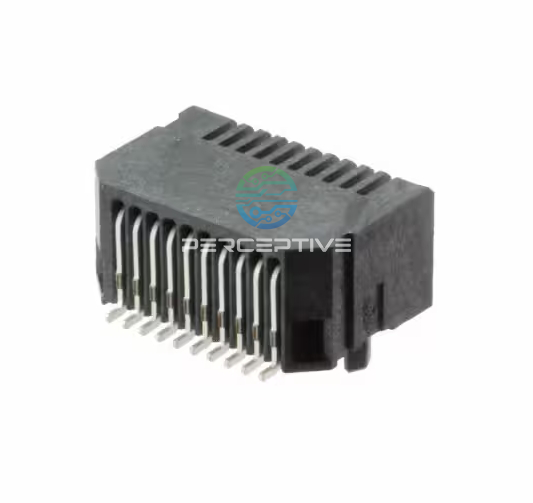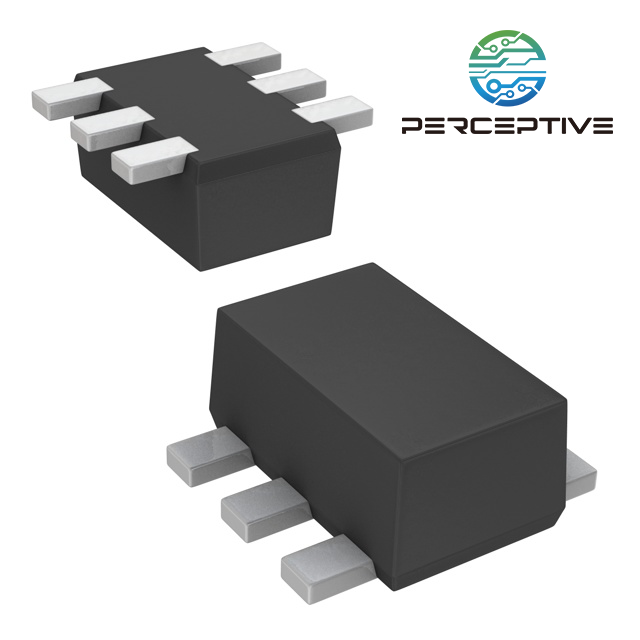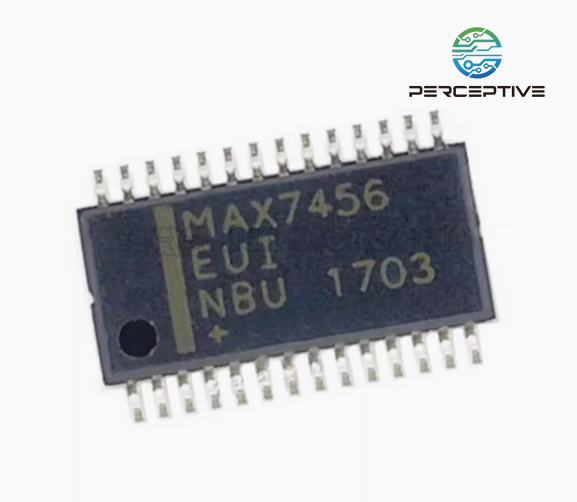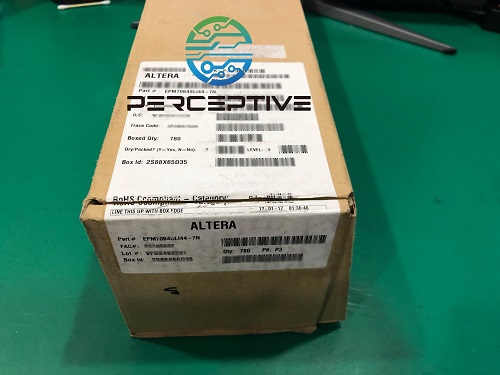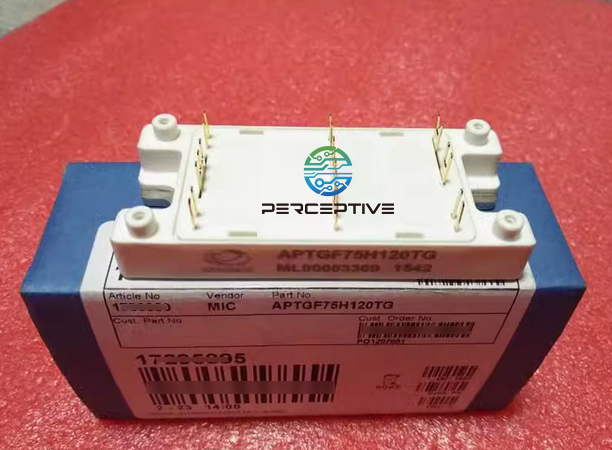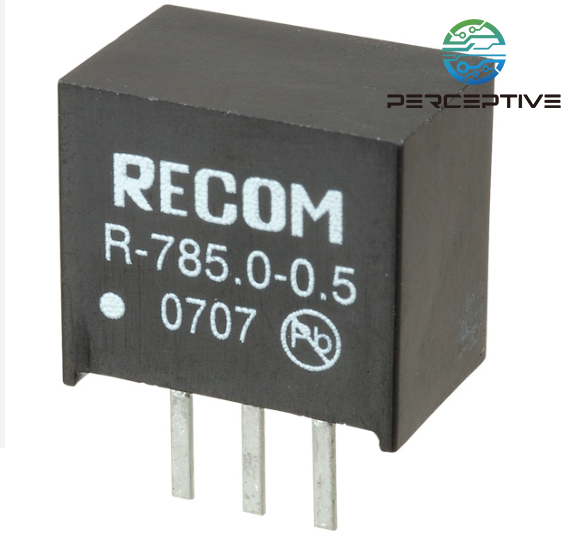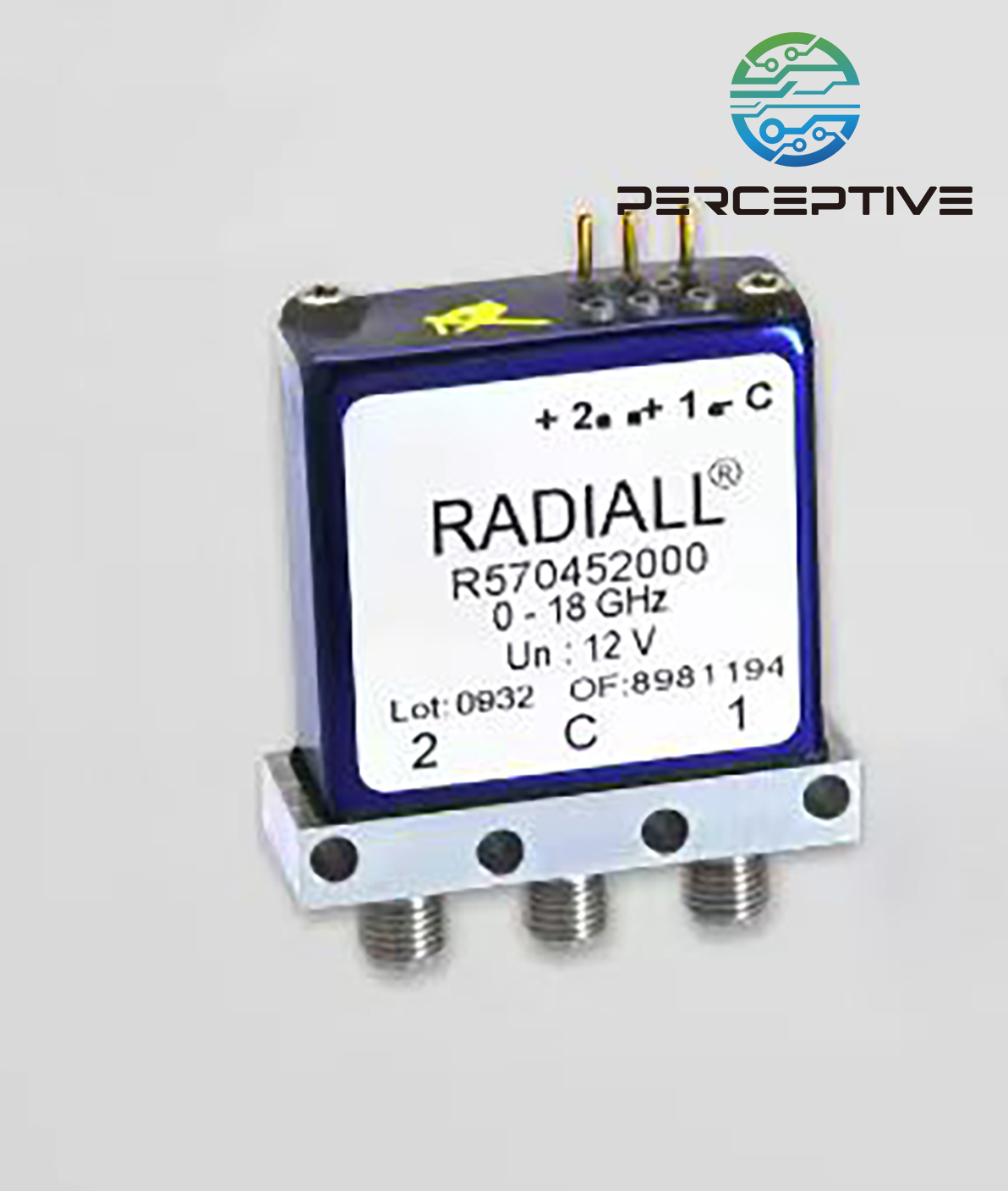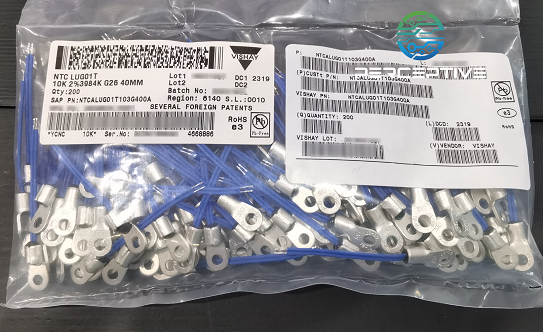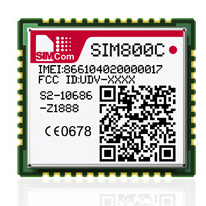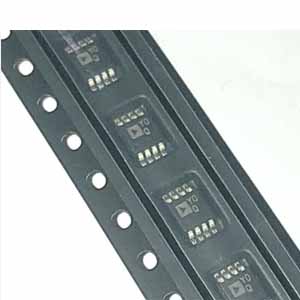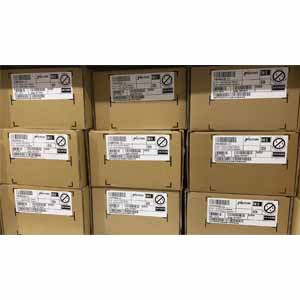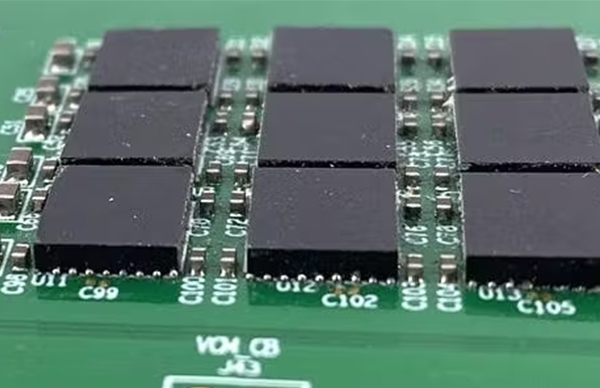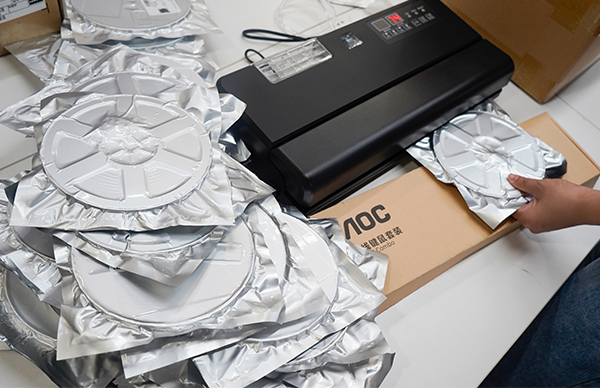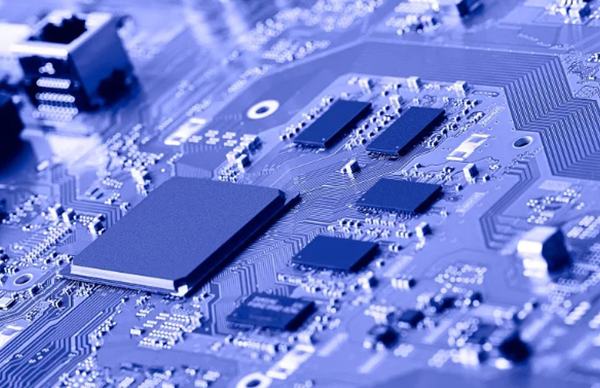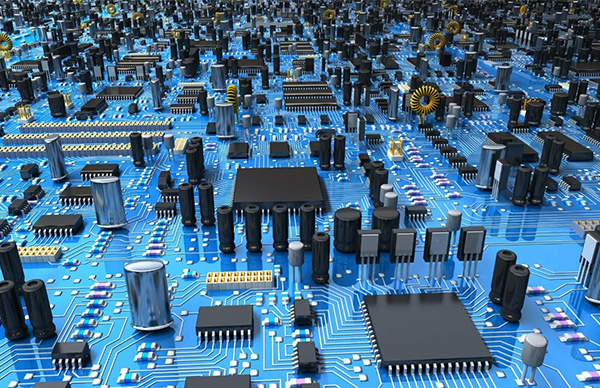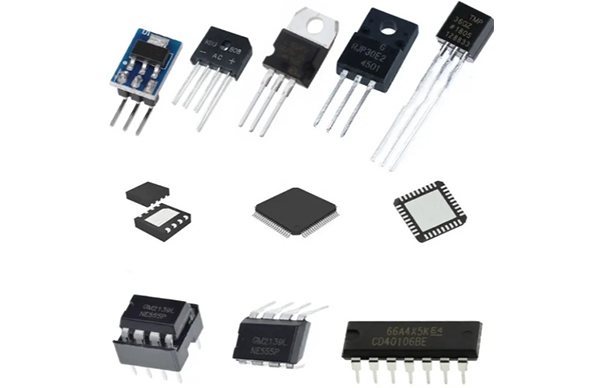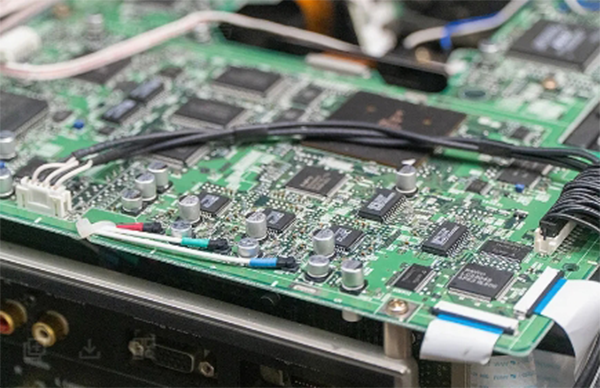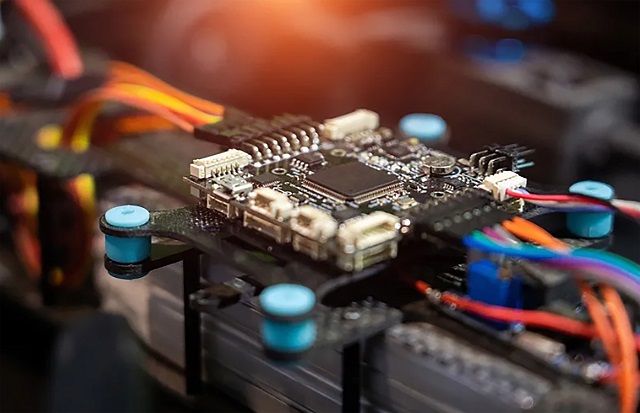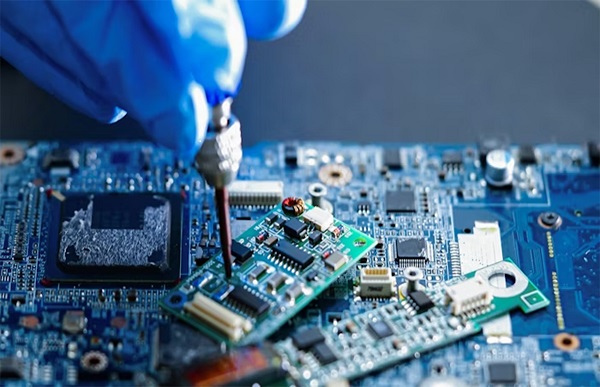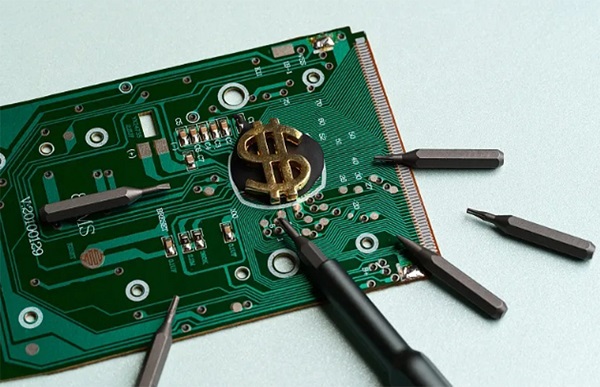In fact, moving the circuit to or using a flex PCB design can provide designers with additional benefits to make the most of the limited space inside the device.
The introduction of Flex PCB technology has enhanced product design, giving designers the freedom to manufacture durable, lightweight, space-saving and cost-effective products. In this article, the benefits of using a Flex PCB design, its application areas in electronics, and before that, what these flexible circuit boards are, will be explained.
What is a flexible circuit board or flexible PCB?
A flexible PCB or flex circuit board is a printed circuit board manufactured using a naturally flexible substrate and a polyimide material consisting of layers of copper. These flex PCBs have high flexibility and tensile strength and can be moved and bent easily without any damage to the conductors. They have excellent electrical properties and can be molded into 3-dimensional shapes for a variety of applications including aerospace, medical, automotive, consumer electronics, and more.

Benefits of Using Flex PCB Design
Reduced and simplified assembly costs: Since the rigid-flex PCB reduces board-to-board connectors and solder joints, the overall manufacturing cost of the product is reduced. Eliminates bulky wiring as it can replace the wire harness with a small flex cable. Therefore, this not only reduces labor costs for assembly, but also reduces wire costs while reducing production errors.
Reduced space and weight: Flexible circuit boards can reduce the weight and size of electronic products, making them ideal for miniaturization, high reliability, and high-density products. Package and space weight are important factors in PCB design.
Dynamic bending: Flex circuits can meet dynamic bending requirements because they can withstand millions of bends if properly designed. Flexible circuit boards can be freely folded, bent and arranged according to the layout requirements of the space. They have the ability to bend 360 degrees, expand and move in any space, and provide three-axis connection.
Improve product aesthetics: Improvements in the aesthetics or appearance of a product can also have a big impact on a user's purchasing decision. Small form factor, light weight, and space-saving flexible circuits can become an instant choice for designers designing tiny electronic devices.
Thermal Management: Flex PCB designs can withstand higher temperatures because they are made of polyimide material that can withstand high temperature applications. Due to their good temperature range, they can withstand many types of interruptions in harsh environments.
Higher reliability: Replacing a rigid PCB with a flexible PCB simplifies system design by reducing the number of interconnects required, while also improving reliability. These PCBs are inherently biocompatible and are frequently used in medical and wearable applications.
Applications of Flex PCBs
Automotive: Flexible PCBs are widely used in automotive electronic components. They are used in automotive displays, battery management systems, LED lights, navigation, sensors, entertainment systems and other devices in vehicles.
Commercial electronics: These are used in OLED (Organic Light Emitting Diode) displays, which are ideal for electronics using flexible screens, curved displays, and folding phones. Flexible PCBs are used as part of the signal connections for rotating, folding hinge parts in smartphones.
Medical and Wearable Devices: Due to its flexibility and high circuit density, Flex PCB enables many medical wearable devices to be smaller, lighter, smarter and offers increased durability.
Aerospace: Flexible PCBs have a robust ability to handle extreme vibration and temperature. Suitable for aerospace applications such as satellites, and they can take any shape, making them ideal for spacecraft designs.
Because they consist of a flexible insulating substrate, flex PCBs offer many benefits to designers and offer significant manufacturing advantages. Provides uniform electrical characteristics on high-speed circuits. All these features of it make it a better choice than traditional and rigid PCBs.
If you need this product, please contact us through BOM!

